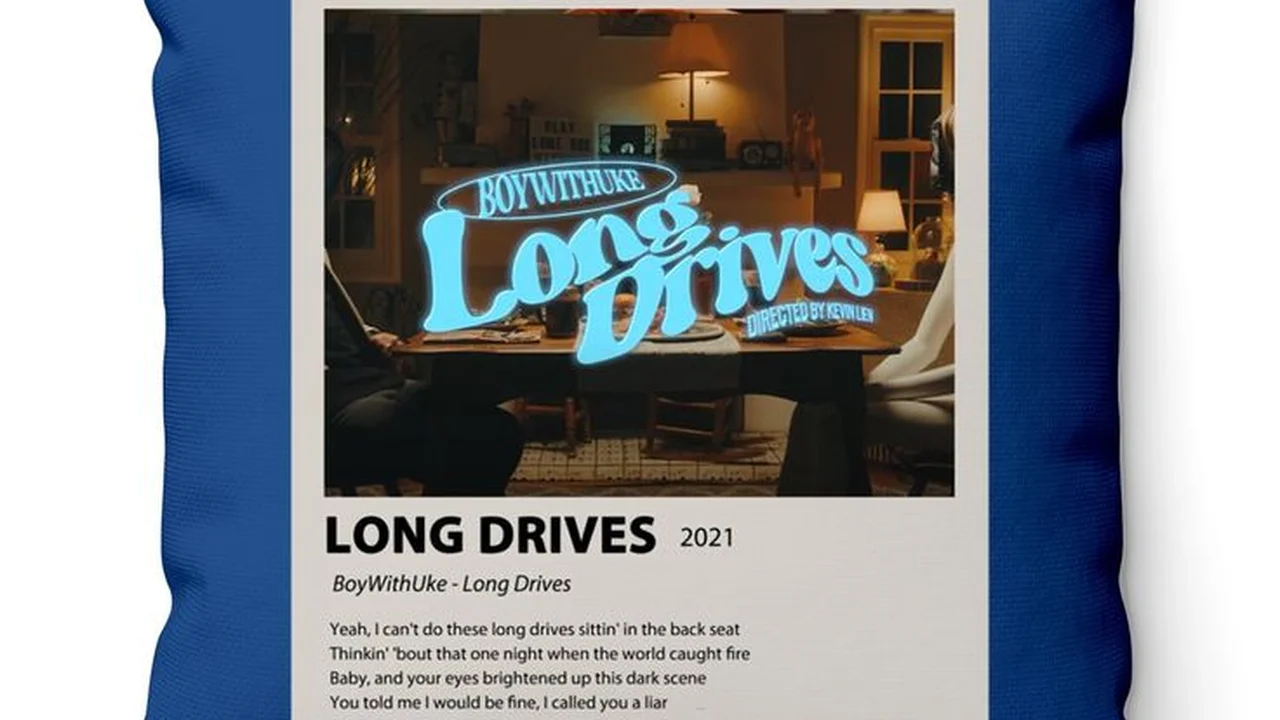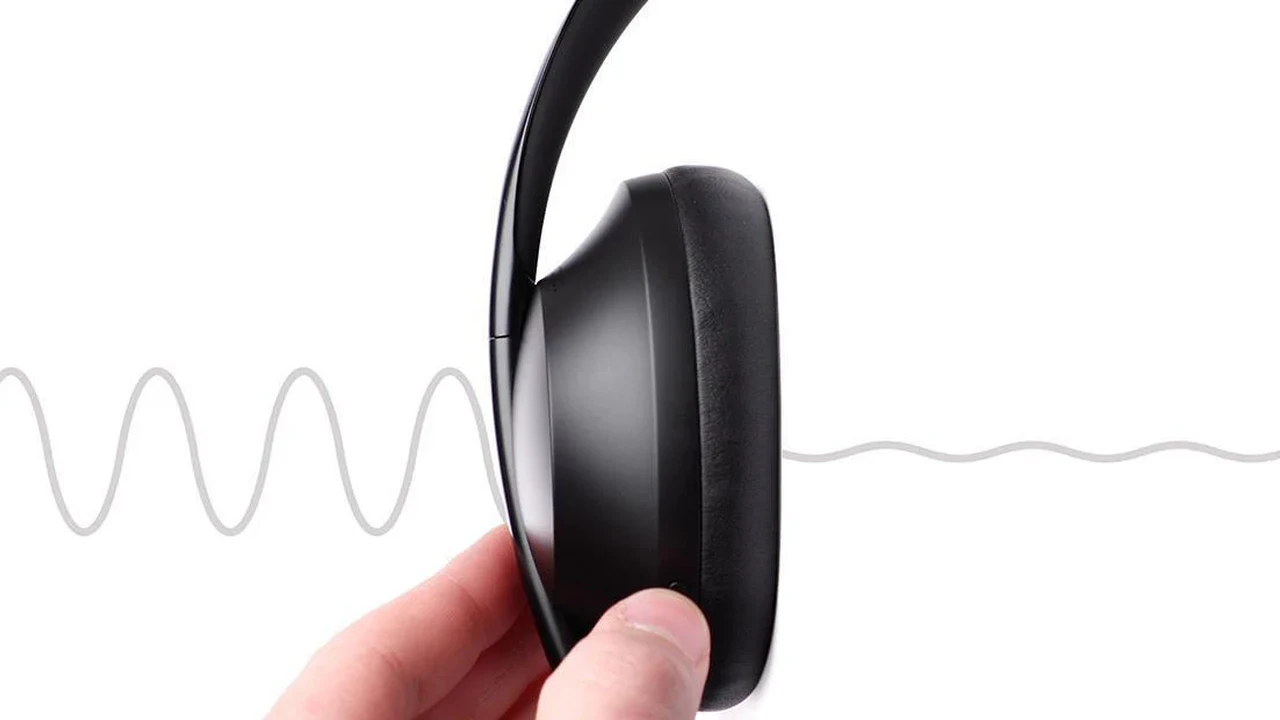Headrest Pillows for EVs: Comfort on Long Drives
Enhance your EV experience with the best noise cancellation technology. Discover how noise cancellation works, its benefits in reducing road noise and wind noise, and specific product recommendations to improve your driving experience.

Understanding Noise in Electric Vehicles EV Noise Sources
Electric vehicles, while significantly quieter than their gasoline counterparts, aren't entirely silent. Several noise sources contribute to the overall in-cabin experience. These include:
- Road Noise: Tire roar, vibrations from the road surface, and impacts from potholes or debris.
- Wind Noise: Air turbulence around the vehicle's body, especially at higher speeds. This can manifest as whistling or rushing sounds.
- Motor Whine: Although reduced compared to internal combustion engines, some electric motor whine can still be audible.
- HVAC System Noise: The heating, ventilation, and air conditioning system fan and compressor can generate noise.
- Other Mechanical Sounds: Suspension components, brake actuators, and other mechanical parts can contribute to the overall noise level.
How Noise Cancellation Works in EVs Active Noise Control ANC
Noise cancellation technology, often referred to as Active Noise Control (ANC), works by creating an "anti-noise" wave that cancels out unwanted sounds. Here's a breakdown of the process:
- Microphones: Multiple microphones are strategically placed throughout the vehicle's cabin to detect incoming noise.
- Control Unit: A sophisticated control unit analyzes the noise signals received from the microphones.
- Anti-Noise Wave Generation: The control unit generates an "anti-noise" wave that is the exact opposite of the incoming noise wave in terms of amplitude and phase.
- Speakers: The anti-noise wave is played through the vehicle's speakers.
- Noise Cancellation: When the anti-noise wave meets the incoming noise wave, they cancel each other out, reducing the overall noise level in the cabin.
This process happens in real-time, constantly adapting to changes in the noise environment. ANC systems are typically optimized to target specific frequency ranges where noise is most prevalent, such as low-frequency road noise.
Benefits of Noise Cancellation in Electric Vehicles Increased Comfort and Reduced Fatigue
Implementing noise cancellation technology in electric vehicles offers numerous benefits, contributing to a more enjoyable and comfortable driving experience:
- Reduced Driver Fatigue: Prolonged exposure to noise can lead to driver fatigue and decreased concentration. Noise cancellation helps to minimize these effects, making long journeys more comfortable.
- Enhanced Audio Quality: With less background noise, music and podcasts sound clearer and more immersive. This allows you to fully appreciate the vehicle's audio system.
- Improved Communication: Noise cancellation makes it easier to communicate with passengers, even at higher speeds.
- Increased Relaxation: A quieter cabin promotes a more relaxed atmosphere, making driving a more enjoyable experience.
- Greater Perceived Quality: Noise cancellation enhances the overall perceived quality of the vehicle, making it feel more refined and luxurious.
Types of Noise Cancellation Technology for EVs Passive vs Active Noise Reduction
There are two main types of noise cancellation technology used in vehicles: passive and active.
- Passive Noise Reduction: This involves using materials and design features to block or absorb noise. Examples include:
- Soundproofing Materials: Adding insulation to the vehicle's body panels, doors, and floor.
- Thicker Glass: Using thicker laminated glass for the windows.
- Aerodynamic Design: Optimizing the vehicle's shape to reduce wind turbulence.
- Tire Selection: Choosing tires with a tread pattern designed for low noise.
- Active Noise Control (ANC): As described earlier, this technology uses microphones, a control unit, and speakers to actively cancel out noise.
Many modern electric vehicles utilize a combination of both passive and active noise reduction techniques to achieve the best possible results. Passive methods provide a baseline level of noise reduction, while ANC systems fine-tune the in-cabin sound environment.
Aftermarket Noise Cancellation Solutions for EVs Car Soundproofing Kits and More
If your electric vehicle doesn't come equipped with noise cancellation technology, or if you're looking to further improve the in-cabin sound environment, several aftermarket solutions are available:
- Car Soundproofing Kits: These kits typically include sound-dampening mats, noise barriers, and sound-absorbing foam. They can be installed on the vehicle's floor, doors, and roof to reduce road noise and vibrations. Examples include Dynamat, HushMat, and Noico.
- Tire Upgrades: Choosing quieter tires specifically designed for EVs can significantly reduce road noise. Look for tires with a tread pattern that minimizes tire roar. Popular options include Michelin Primacy MXM4 and Pirelli P Zero All Season Plus.
- Headphones with ANC: While not a direct solution for the entire cabin, wearing headphones with active noise cancellation can provide a personal oasis of quiet. This is particularly useful for passengers on long journeys.
- Professional Soundproofing Installation: Some automotive shops specialize in soundproofing services. They can provide a more comprehensive and customized solution, tailoring the noise reduction techniques to your specific vehicle and needs.
Specific Product Recommendations for EV Noise Cancellation Best Products and Comparisons
Here are some specific product recommendations for enhancing noise cancellation in your electric vehicle:
Car Soundproofing Kits
- Dynamat 11905 Dynaliner: This is a popular choice for its ease of installation and effectiveness in reducing road noise and vibrations. It's a closed-cell foam that can be applied to various surfaces in the vehicle. Price: Approximately $150-$200 per roll (covers roughly 12 sq ft). Pros: Easy to install, lightweight, good sound dampening. Cons: Can be expensive for larger vehicles, may require some trimming for specific areas. Best Use Scenario: Reducing road noise in the floor and doors.
- HushMat Ultra: HushMat Ultra is a more premium soundproofing material that offers excellent noise reduction performance. It's a butyl rubber composite that is highly effective at absorbing vibrations. Price: Approximately $250-$300 per roll (covers roughly 12 sq ft). Pros: Superior noise reduction, durable, heat resistant. Cons: More expensive than Dynamat, slightly more difficult to install. Best Use Scenario: Achieving maximum noise reduction in the entire cabin.
- Noico 80 mil Sound Deadener: A more budget-friendly option that still provides decent sound dampening. It's a butyl rubber material with a foil facing. Price: Approximately $80-$100 per roll (covers roughly 36 sq ft). Pros: Affordable, easy to cut and install, good value for the price. Cons: Not as effective as Dynamat or HushMat at blocking noise. Best Use Scenario: Budget-conscious soundproofing in the trunk and wheel wells.
Tires with Low Noise Ratings
- Michelin Primacy MXM4: Known for its quiet ride and excellent handling. It's a popular choice for luxury EVs. Price: Approximately $200-$300 per tire (depending on size). Pros: Very quiet, comfortable ride, good handling in wet and dry conditions. Cons: Can be more expensive than other tires. Best Use Scenario: Daily driving and long highway trips.
- Pirelli P Zero All Season Plus: Offers a good balance of performance and noise reduction. It's a versatile tire suitable for various weather conditions. Price: Approximately $180-$250 per tire (depending on size). Pros: Good handling, low noise, all-season performance. Cons: Ride comfort may not be as plush as Michelin Primacy MXM4. Best Use Scenario: Performance-oriented driving in various weather conditions.
- Continental PureContact LS: A comfortable and quiet tire designed for long-lasting performance. Price: Approximately $150-$220 per tire (depending on size). Pros: Comfortable ride, low noise, long tread life. Cons: Handling may not be as sharp as Pirelli P Zero All Season Plus. Best Use Scenario: Prioritizing comfort and long tread life for daily driving.
Headphones with Active Noise Cancellation
- Sony WH-1000XM5: Industry-leading noise cancellation, comfortable design, and excellent sound quality. Price: Approximately $400. Pros: Best-in-class noise cancellation, comfortable for long wear, great sound quality. Cons: Expensive. Best Use Scenario: Passengers on long trips, blocking out distractions while working in the car (while parked, of course!).
- Bose Noise Cancelling Headphones 700: Another top contender with excellent noise cancellation and a sleek design. Price: Approximately $380. Pros: Excellent noise cancellation, clear call quality, stylish design. Cons: Slightly less comfortable than Sony WH-1000XM5 for some users. Best Use Scenario: Similar to Sony WH-1000XM5.
- Apple AirPods Max: Premium noise cancellation and seamless integration with Apple devices. Price: Approximately $550. Pros: Excellent noise cancellation, spatial audio, seamless Apple ecosystem integration. Cons: Very expensive, polarizing design. Best Use Scenario: Apple enthusiasts who want the best possible noise cancellation and features.
Installation Tips for Soundproofing Materials DIY vs Professional Install
Installing soundproofing materials can be a DIY project, but it requires some basic tools and skills. Here are some tips:
- Preparation is Key: Clean the surfaces thoroughly before applying any soundproofing materials. Remove any dirt, grease, or debris.
- Measure Carefully: Measure the areas you plan to soundproof and cut the materials to the correct size.
- Use the Right Tools: A roller can help to ensure that the soundproofing materials are properly adhered to the surface. You may also need a utility knife for trimming.
- Follow Instructions: Always follow the manufacturer's instructions for installation.
If you're not comfortable with DIY projects, consider hiring a professional soundproofing installer. They have the experience and expertise to ensure that the job is done correctly.
Future Trends in EV Noise Cancellation Next-Gen Technology and Innovations
The future of noise cancellation technology in electric vehicles is bright. Expect to see further advancements in:
- Adaptive Noise Cancellation: Systems that automatically adjust the noise cancellation level based on the driving conditions and the preferences of the occupants.
- Personalized Sound Zones: Technology that creates separate sound zones for each passenger, allowing them to listen to different audio content without disturbing others.
- Enhanced Material Science: The development of new and improved soundproofing materials that are lighter, more effective, and more sustainable.
- Integration with Autonomous Driving Systems: Noise cancellation systems that work in conjunction with autonomous driving systems to create a more relaxing and comfortable experience for passengers.
Maintaining a Quiet EV Cabin Tips and Best Practices
Maintaining a quiet EV cabin requires some ongoing effort. Here are some tips:
- Regular Cleaning: Keep the interior of your vehicle clean to prevent the buildup of dust and debris, which can contribute to noise.
- Check Tire Pressure: Maintain the correct tire pressure to minimize road noise.
- Inspect Weather Stripping: Check the weather stripping around the doors and windows to ensure that it's in good condition. Replace it if necessary.
- Address Rattles and Squeaks: Fix any rattles or squeaks promptly to prevent them from becoming more annoying.
By implementing these tips, you can help to ensure that your electric vehicle remains a quiet and enjoyable place to be.
Ultimately, noise cancellation technology is a crucial element in the evolution of electric vehicles, transforming them from simply eco-friendly transportation to luxurious and refined driving experiences. Whether you opt for factory-installed systems or aftermarket solutions, the benefits of a quieter cabin are undeniable. So, invest in your peace of mind and enjoy the serene silence of the electric age!
:max_bytes(150000):strip_icc()/277019-baked-pork-chops-with-cream-of-mushroom-soup-DDMFS-beauty-4x3-BG-7505-5762b731cf30447d9cbbbbbf387beafa.jpg)






